Paramedic Science provision at the Blackheath Lane Centre of Excellence can boast the use of two new bespoke clinical skills labs and an array of equipment with which students can gain invaluable hands-on practice.
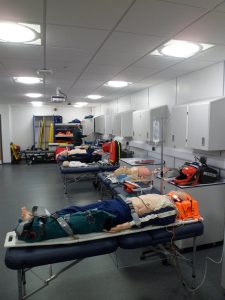
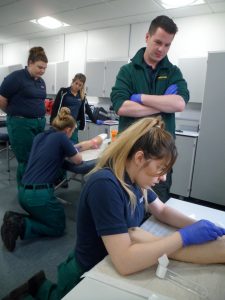
In addition to these facilities however, our paramedic students are given the opportunity to further their skills within problem-based scenarios in a variety of additional facilities/locations. This is important for Paramedic Science, which is unique in relation to the unpredictability of the pre-hospital working environment that students will eventually enter, and the levels of autonomy which will be expected of them almost immediately after qualifying. Whilst half or the course is dedicated to clinical mentorship in practice, it is still vital for students to learn in an environment which reflects the work-place and in which they can make mistakes which will not potentially cause harm to patients (Lateef, 2010; QAA, 2016).
In support of this, Staffordshire University has its very own fully-kitted training ambulance which allows students to experience arriving at an ‘emergency incident’; selecting which equipment they think they will need (based on limited information); assessing and treating a mock ‘patient’; considering how they will transport the ‘patient’ from the scene (whilst maintaining essential treatment); and maintaining care in the back of an ambulance.
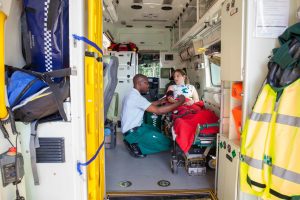
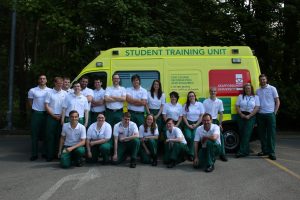
We also have the use of our own fully furnished house at the Leek Road campus within which to conduct realistic scenarios. This house is fitted with audio and video recording equipment (accessed and viewed via an upstairs control-room), which allows the teaching staff – and fellow students – to provide very detailed feedback on scenarios.
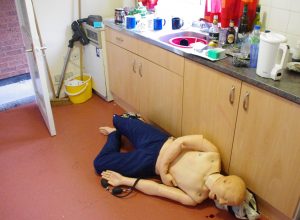
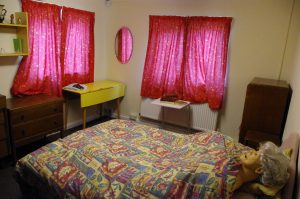
A casualty extrication exercise is conduced at Staffordshire Fire Service HQ, where students are given the opportunity to learn how to triage and treat alongside Fire Service and Police trainees.
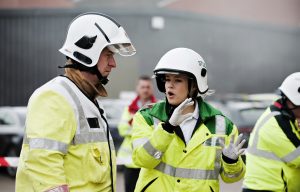
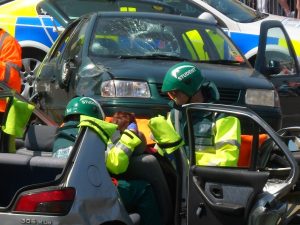
Students are also taken to the custom built Safeside at Eastside ‘village’ site at the West Midlands Fire Service HQ. This site boasts a furnished three bedroom house, a train, train tracks, a police station, a shop, a bus, a canal and a traffic crossing – allowing for the staging of an extensive range of extremely realistic scenarios.
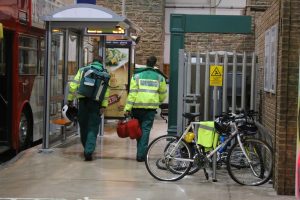
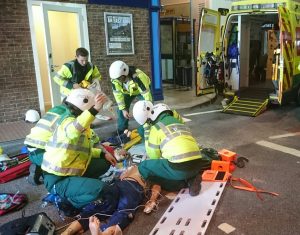
The additional facilities/locations that our students experience assists with the ‘suspension of disbelief’ during simulation training, and greater immersion within the learning environment; an element which is considered to be important for healthcare clinical education (Muckler, 2017).
Lateef, F. (2010) Simulation-based learning: just like the real thing. J. Emergency Trauma Shock. 3(4) p.348-352
Muckler, V.C. (2017) Exploring Suspension of Disbelief during Simulation-Based Learning. Clinical Simulation in Nursing. 13(1). p.3-9
Quality Assurance Agency (QAA) (2016) Subject Benchmark Statement: Paramedics. Gloucester: QAA
Mark Garratt, Paramedic Senior Lecturer, Department of Midwifery and Allied Health Mark.Garratt@staffs.ac.uk

